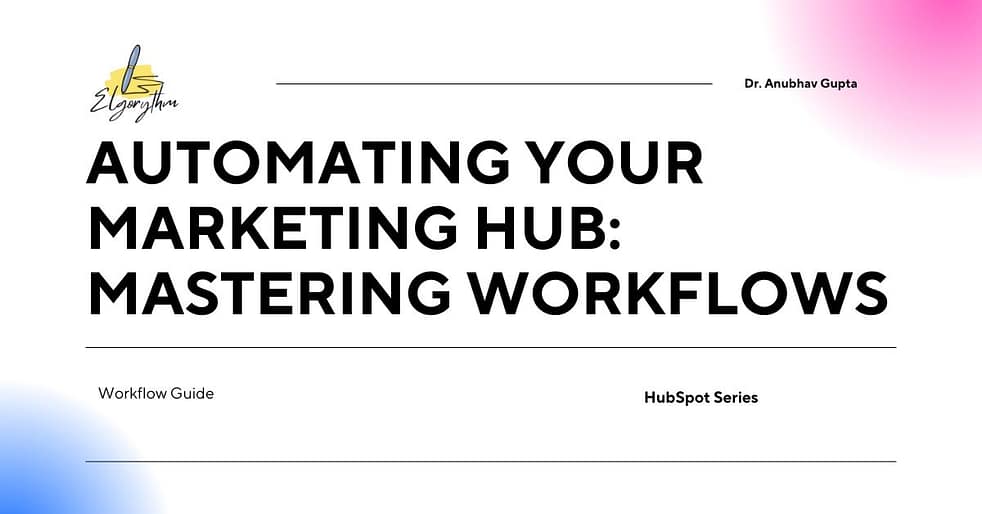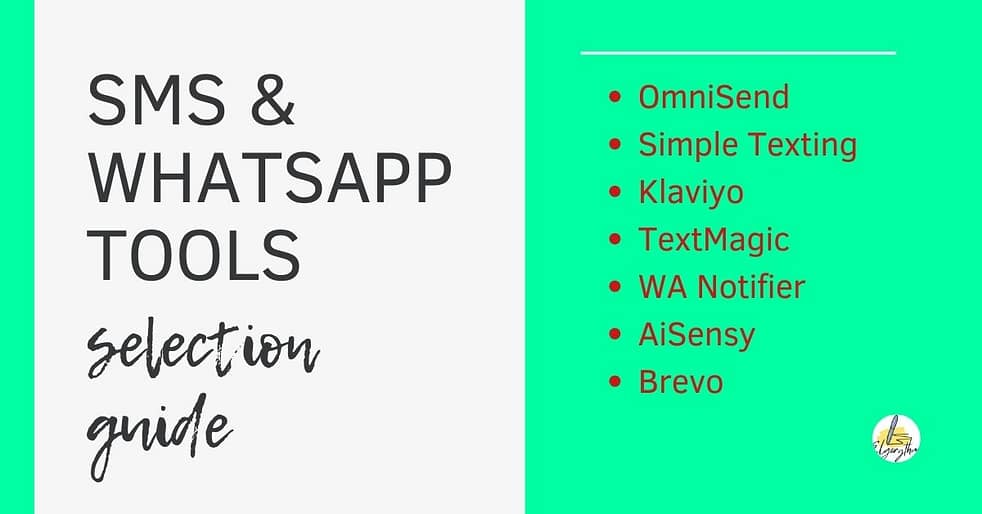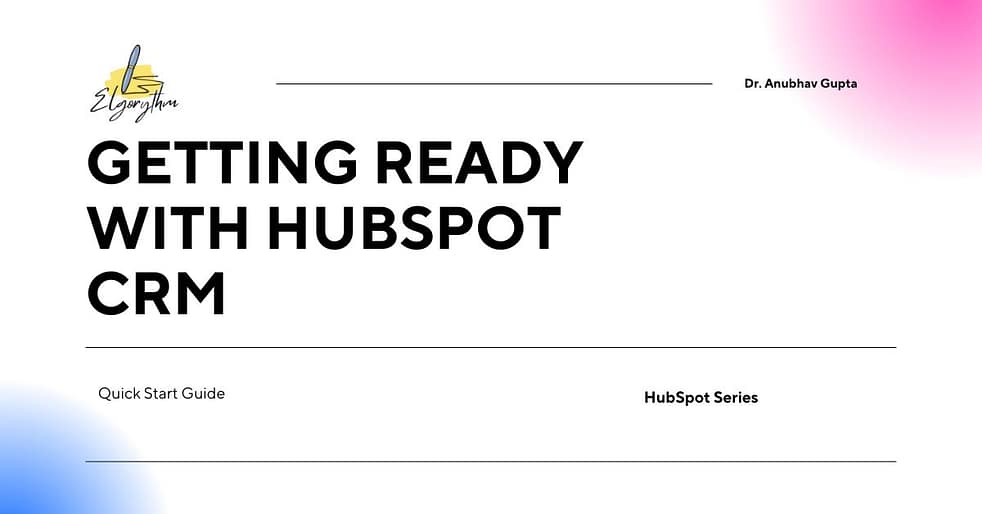HubSpot workflows turn repetitive marketing activity into dependable, measurable systems. If you want to optimize HubSpot workflows and scale predictably, this guide walks you through planning, building, measuring, and governing workflows — plus practical examples and a quick FAQ to get started. It pairs tactical steps (how to create workflows in HubSpot for automating your marketing) with strategic guidance for lasting impact.
Why workflows matter for Automating your Marketing
Marketing teams lose hours on repetitive tasks. Marketing automation workflows free your team from manual follow-ups, lead scoring, and segmentation so you can focus on content and strategy. Use workflows to route qualified leads, trigger tailored emails, and keep CRM data tidy — and always remember the mechanics of how to create workflows in HubSpot before you press “activate.”
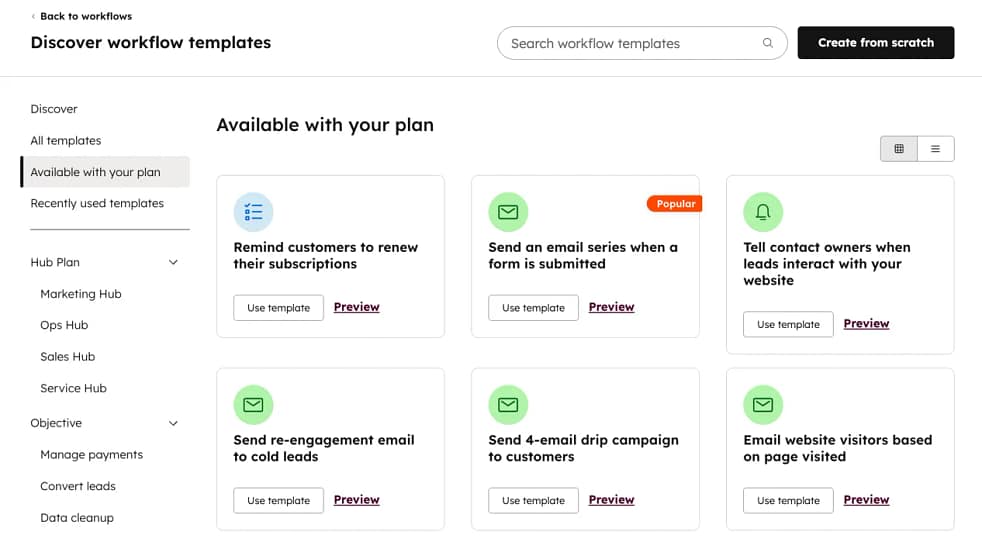
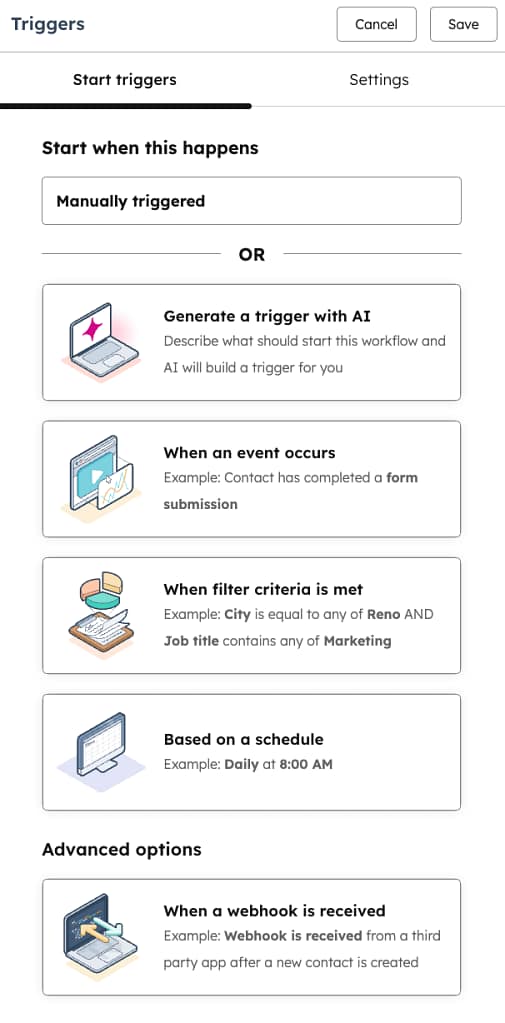
Plan before you build | Automating your Marketing
Start with a clear objective: convert MQLs to SQLs, onboard new users, or re-engage dormant subscribers. When you optimize HubSpot workflows, map the customer journey with entry triggers, branching logic, delays, and exit criteria. Sketch the sequence, identify required contact properties, and set measurable KPIs — this reduces test cycles and yields cleaner results.
Common workflow types (and where to use them)
- Welcome / Onboarding — enrol new subscribers, deliver value and product education, then invite action.
- Lead scoring & routing — increment scores and notify sales when thresholds are met.
- Re-engagement — identify inactivity and trigger re-activation campaigns.
- Internal notifications — ensure sales gets timely handoffs.
These templates show why mastering how to create workflows in HubSpot is a high-leverage skill for any growth team.
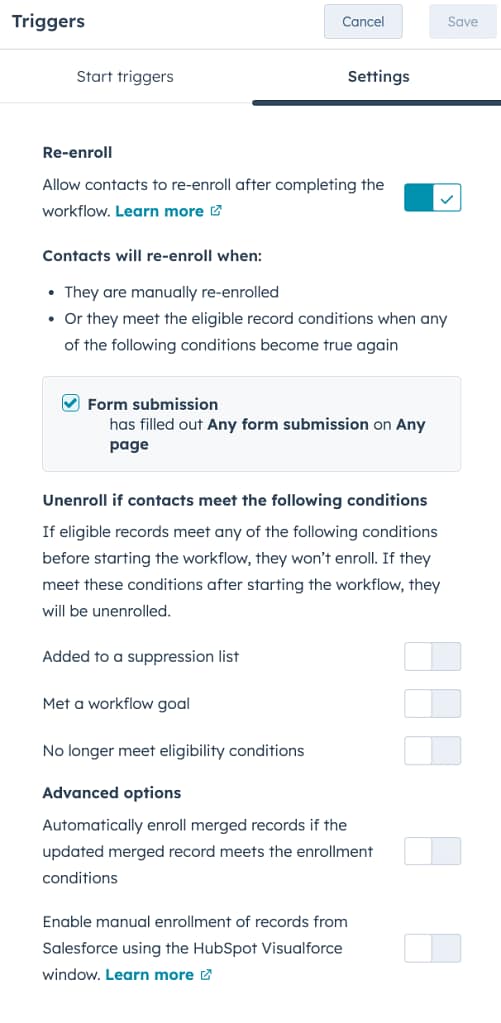
Step-by-step: how to create workflows in HubSpot (practical)
- Choose the enrolment trigger — form submission, list membership, or property change.
- Add conditional logic — use if/then branches for behavioural segmentation.
- Set delays and caps — control cadence and avoid over-emailing.
- Use internal actions — create tasks, rotate owners, or notify sales.
- Test & review — run with a small cohort, then analyse history and adjust.
Following these steps repeatedly will make it easy to scale and to optimize HubSpot workflows for different campaign types.
Optimization best practices | HubSpot Automation
A/B test subject lines, send-times, and content blocks inside the workflow. Prioritize data cleanliness: dedupe contact lists, validate emails, and standardize property definitions. Keep a naming convention that includes purpose, owner, and date for governance — when you optimize HubSpot workflows, you reduce confusion and speed troubleshooting.
Automation governance & safety | Marketing Workflows
Document every workflow and assign a single owner. Marketing automation workflows should include rollback plans and a regular audit cadence. Use HubSpot’s version history and export sequences for backup. Governance prevents accidental sends, preserves deliverability, and maintains legal compliance (GDPR/consent recording, suppression lists).
Examples that deliver
- Welcome series: enrol > deliver value email > educational email > soft ask.
- Cart abandonment: detect drop-off > reminder > discount > final check-in.
- Lead routing: score > threshold reached > notify salesperson + assign.
Each example demonstrates how to create workflows in HubSpot that reduce friction and improve conversion.
Advanced tips for scale
When teams grow, modularize: build micro-workflows that call sub-workflows so logic is reusable. Use campaign-level reporting and stage-based KPIs. If you must optimize HubSpot workflows for performance, batch heavy processes during off-peak hours and monitor queue/backlog metrics.
Naming, versioning & documentation
A consistent naming standard (purpose_owner_YYYYMM) helps audits. When you optimize HubSpot workflows, include purpose, expected KPI, and rollback steps in a workflow property. Maintain a template library and step-by-step “how to create workflows in HubSpot” documentation with screenshots for faster onboarding.
Integrations that multiply value | Hubspot Integrations
Connect ads, e-commerce, support, and analytics so events become reliable triggers. This lets marketing automation workflows reflect real customer actions — enabling precise lifecycle updates and personalized cross-channel journeys.
Real-world case study (short)
A mid-sized SaaS team rebuilt onboarding into micro-workflows, focused on enrolment triggers and weekly reviews, and improved trial-to-paid conversion by streamlining steps and removing friction. The secret was repeatedly measuring and optimize HubSpot workflows to shorten time-to-value.
Templates, tools & troubleshooting | Automating your Marketing
Start with HubSpot templates then tailor logic. If a workflow fails to enrol, check trigger conditions and suppression lists. Use the history tool to debug edge cases. When you optimize HubSpot workflows, run periodic audits to catch silent failures and ensure data integrity.
Quick checklist (one-page)
- Goal, KPI, owner documented
- Enrolment triggers and suppression lists defined
- Data quality checks (dedupe/validate) passed
- Naming convention followed
- Testing plan and rollback ready
- Reporting dashboard connected
Use this checklist whenever you create or update marketing automation workflows.
FAQs
Q: How do I optimize hubspot workflows for deliverability?
A: Keep cadence reasonable, validate email lists, set frequency caps, and monitor bounces/unsubscribes. Use suppression lists and re-engagement sequences to protect sender reputation.
Q: Can workflows be used to score and route leads?
A: Yes. Marketing automation workflows can increment score properties based on behavior and trigger notifications or assignments when thresholds are met.
Q: How do I create workflows in hubspot that meet GDPR rules?
A: Ensure you record consent properties at enrollment, use explicit opt-in triggers, provide clear unsubscribe paths, and move withdrawn contacts to suppression lists.
Q: Who should own workflows?
A: Assign a single workflow owner (often a marketing ops or automation lead) and require approvals for major changes. Governance reduces errors as scale increases.
Closing thoughts
Workflows are the backbone of a modern marketing hub. Learning how to create workflows in hubspot and continuing to optimize hubspot workflows will let your team move from tactical activity to strategic automation. Start with one clear use case, measure closely, and evolve your marketing automation workflows into a repeatable, revenue-driving machine.

